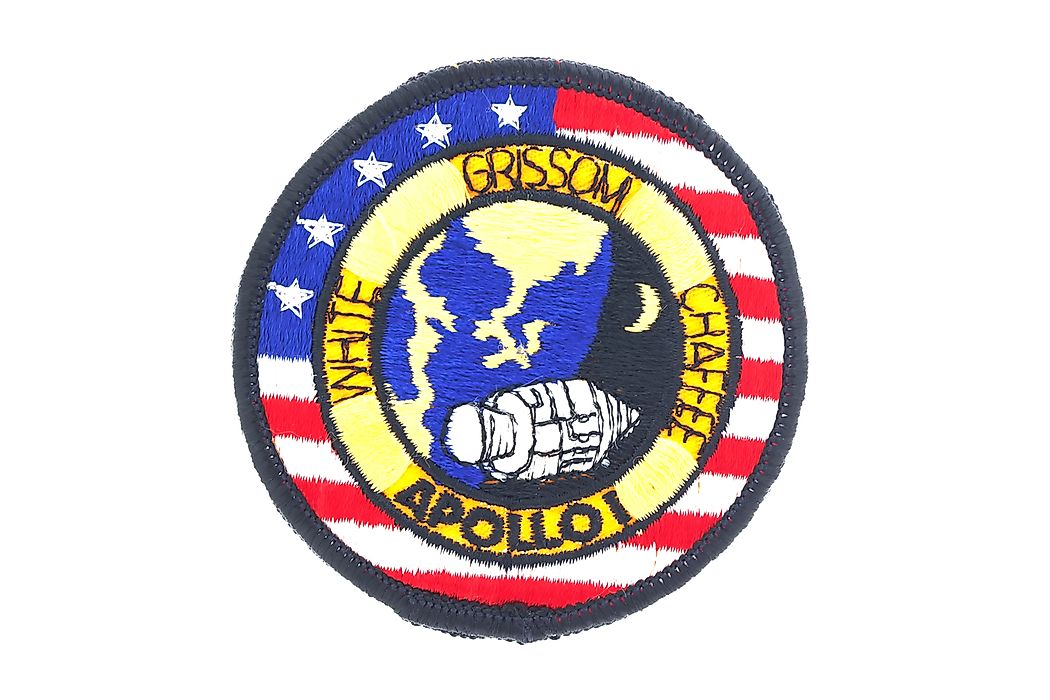What Was Apollo 1?

Apollo 1
Apollo 1 was the first manned mission of the Apollo program in the United States, with the aim of taking a man to the moon and landing him safely back on earth. The AS-204 was the name used to refer to Apollo 1 space vehicle. On January 27, 1967, a fire tragedy occurred that would change forever the Apollo program and moon-landing mission. During a launch test for rehearsal purposes, fire started in the command module and the three astronauts: Virgil Grissom, Ed White and Roger B. Chaffee were killed in the flash fire. The tragedy occurred at the Cape Kennedy Air Force Station while preparing for the low earth orbital test. Despite the efforts of ground crew, they could not save the men in the space vehicle. The Apollo 1 name was retired in honor of the three crew members who lost their lives in the tragedy on April 24, 1967.
Cause of the Fire
A Plugs Out Integrated Test turned tragic when fire broke out in the command module cabin where the three crew members were. The purpose of the integrated test was to establish that all vehicle systems and procedures for operating were functional in as near flight as possible. This rehearsal test was carried out January 27, 1967 at 12.55 GMT. After the fire, a review board was convened by NASA to establish the cause of the fire. Committee inquiries by both houses of the Congress also joined in their own investigations that would oversee the NASA investigation. After the investigations, an electric ignition was deemed to have caused the fire which broke out in the cabin containing the three crew members.
The fire was further stoked by the prevailing conditions in the cabin which included high internal pressure, pure oxygen, and the highly combustible nylon material. Additionally, the high internal pressure of the cabin which tightened the hatch of the plug door made it impossible for the ground crew to rescue the astronauts despite their best efforts. Poor emergency preparedness also hindered any chance of taking the crew alive.
Investigation and Results
Investigations carried out by NASA and congressional committees revealed many possible causes of the fire, or conditions that could have led to its spread in the command module. The review board was not able to definitively point out to a specific initiator of the fire though it was likely to be an electric fault. To avoid such disasters in the future, there was reworking and redesigning of space vehicles to ensure great safety. For example, the pure oxygen environment for ground tests was redesigned and replaced with a mixture of nitrogen and oxygen. The highly flammable nylon material and other items were removed altogether. The door was also redesigned so it could open as quickly as possible in emergency situations. These changes were positive and enhanced the safety of the crew.
The Apollo Program
Subsequent Apollo launches were suspended for a period of almost one year before any manned mission could be undertaken. Scheduled launches such as Saturn IB, were postponed by over a year as a result. However, the AS-204 launch vehicle and other unmanned testing continued as planned taking a Lunar Module as the payload instead of a Command Module.
The original mission scheduled for Grissom, Chaffee and White, was undertaken in 1967, and named Apollo1. Subsequent Apollo missions were carried out such as Saturn V launch known as Apollo 4, and the AS-204 launch which was eventually known as Apollo 5.











